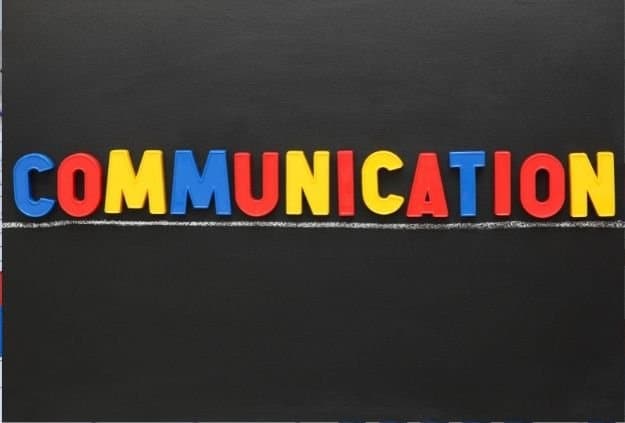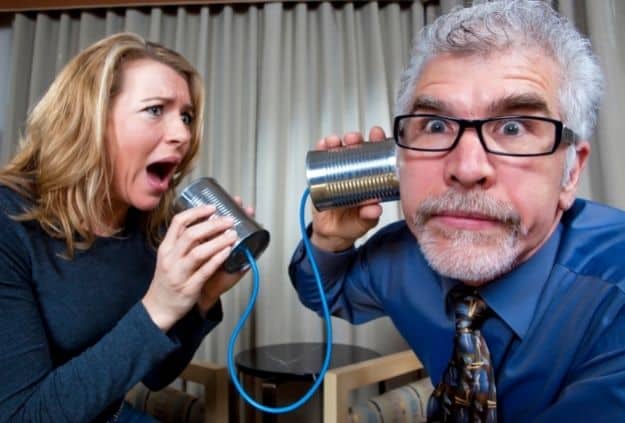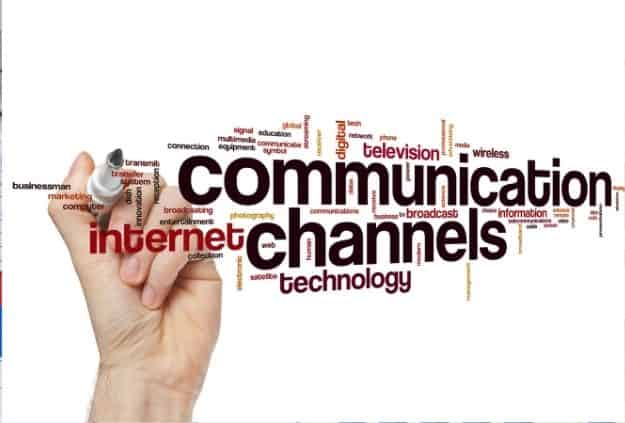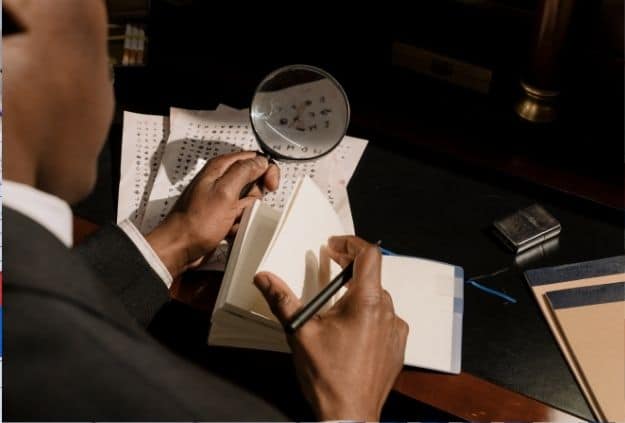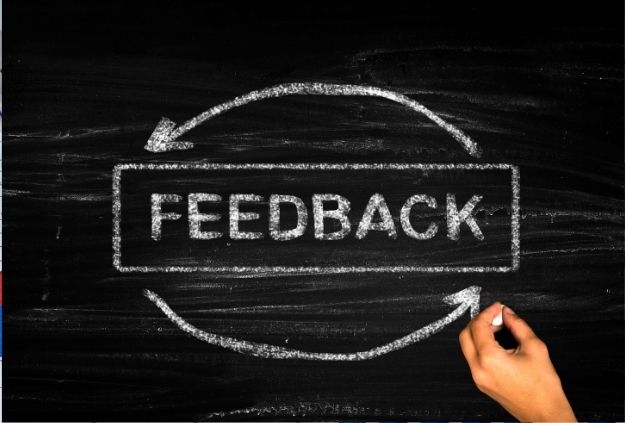Processes of Communication
Communication is vital for our day-to-day activities. However, communication is still a challenge to many.
And that’s why you must understand the basics of communication—from the processes to how you should communicate with others.
This post will define the communication process, what it entails and how you can communicate successfully. Let’s dive right in.
What Is the Communication Process?
The communication process is a series of steps taken to communicate effectively. The communication process involves a series of elements—sender, the content of the message being sent, encoding information, the receiver, and decoding the message by the recipient.
The communication process also includes channels through which a message is sent, such as audio, voice, video, Fax, Email, and body language. The main goal of communicating is to give the recipient information they can relate to or understand and give conclusive feedback.
7 Major Elements of Communication Process
Seven major elements of the communication process are (1) sender (2) ideas (3) Noise (4) communication channel (5) receiver (6) decoding and (7) feedback.
1. Sender
The communication process typically starts with the sender who initiates the message. Before the sender releases the message, they have to generate the idea and then encode it reasonably so that the receiver can easily understand it.
Encoding involves the sender translating his thoughts, ideas, or emotions into a series of verbal and non-verbal cues that they know will genuinely transmit their message perfectly.
2. Transmission
The message the sender releases is transmitted over a channel which then gets to the receiver in good time. A channel is the communication bond that connects the sender to the receiver. Examples of these communication channels include a computer, memorandum, a telephone, a television or Email, etc.
How do you choose a channel of communication? It depends on the communication situation, such as the type of audience or people, the age bracket of your audience, and the message you want to convey as the sender.
3. Noise
Noise is anything that distorts or interferes with the message being delivered fluidly. Noise can come from the receiver’s end or the senders. Since noise interferes with the communication process, both the sender and the receiver should choose a noise-free channel.
Examples of noise include:
- Ambiguous symbols that encourage wrong encoding
- A faulty mobile connection
- A distracted receiver
- Poor decoding
- Bad gestures and postures that distorts the message
4. Communication Channel
The person receiving the information must choose a channel in which the information will be communicated. This is because information always has to be transmitted through specific channels—formal or informal. For example, formal communication channels deliver information, including organizational procedures, goals, and policies. On the other hand, informal communication channels transmit information related to social or personal needs.
5. Receiver
The receiver is the one the message is being transmitted to. For the receiver to decode the message well, they have to be ready to receive and understand the message. As a receiver, you shouldn’t be distracted so that you understand the information passed clearly. It involves the translation of symbols into ideas for clarity.
The only way communication can be effective is if the sender and the receiver attach similar meanings to the message sent. For example, the sender shouldn’t use big terms if the sender is illiterate or unable to understand the words. When the recipient understands the information, then communication is complete.
6. Decoding
The person receiving the information must process and convert it in a way that they may get its meaning before putting it into use.
7. Feedback
Feedback is the receiver’s response to the message sent by the sender. It requires the recipient to understand the message before answering. Feedback is necessary to verify whether the message has been encoded, transmitted, decoded, and understood without any shortcomings.
Feedback allows the sender to evaluate the effectiveness of his message. It informs the sender whether the message conveyed has been impactful on the individual through the content of the message.
How Communication Works—The Processes Of Communication
To communicate with others perfectly, it’s essential to know how the process of communication works. Here are tips to give you an insight into the communication process:
1. An Idea is Developed By the Sender
The start of the communication process involves the sender generating an idea, thought, or feeling and sending it to another person or group. It involves adequate planning so that you don’t transmit distorted messages.
2. The Message is Encoded
When the sender generates an idea, they translate it into a meaningful form to send to the receiver. The idea behind encoding is to have clarity of thought to transform the message into a particular format the receiver will relate to easily. For example, you have to translate your words into writing when communicating through a letter.
3. Channel of Communication is Selected
After properly encoding the message, the sender has to select the right channel for the transmission. This means the sender has to settle for the best medium of communication that the receiver will easily understand. Examples of communication mediums include speaking, electronic transmission, non-verbal communication, and writing.
Note that you should find the best channel to make your message look professional when you’re communicating at work.
4. Message Travels
When the suitable medium of communication has been selected, the message begins the transmission process. The transmission process will depend on the medium of communication chosen. A suitable medium of communication will ensure the message is communicated effectively.
5. Message is Received
When the message has followed the right channel and medium, the recipient then receives the message. This part of communication is only complete when the recipient hears, feels, or sees the message sent.
6. The Receiver Decodes the Message
The receiver has to decode the received message carefully and effectively to know the sender’s intention. The recipient interprets and converts the message into a clear thought that’s easy to relate to through decoding.
The communication process is effective if both the sender and the receiver have the same meaning of the delivered message.
7. Feedback is Provided By the Receiver
A thought-out message should be able to receive feedback. Feedback is the response the recipient gives to the sender. It helps the sender verify whether the communication or the message sent was precise and meaningful. Feedback makes communication a two-way process.
Tips for Improving the Communication Process
Here are tips you can use to develop your communication skills:
- Make your message simpler: For your message to be correctly understood, you should use simple language and go straight to the point.
- Understand your audience: It’s also crucial to consider the audience that you have generated the message for and their requirements and interests.
- Listen carefully: As a good communicator, listening to what the people around you are saying actively is vital. This will help you know the right message to put out.
- Try to ask questions: It’s also equally important to ask good and relevant questions to keep the communication flowing. Ensure your questions are engaging and well thought out.
- Find the right way to respond: When communicating, you have to consider how you reply to someone or a group of people to ensure you know what you want and need to say.
- Have the correct body language: If you’re communicating through a particular medium, it’s good to use body language that matches the message. Equally, be aware of the body language of the people or person you’re communicating with.
- Maintain eye contact: You have to make good eye contact with the person or people you’re communicating with. This will show them that you’re actively listening to who you’re communicating with.
- Send clear messages: If the recipient is not getting what you’re trying to communicate, clarify your message to understand better.
What are the Benefits of Effective Communication?
Let’s look at the benefits of effective communication you’ll notice in and outside your office once you’ve mastered these skills.
1. Builds Trust
Good communicators are easy to trust because it’s easy to know their intentions. Effective communication builds trust between you and other people. Good communication involves listening attentively, taking into account other people’s opinions, and having emotional intelligence.
When you’re a good communicator in your organization, your employees will look at you as their role model and strive to be good communicators.
2. Prevent or Help Resolve Problems
Communicating effectively plays a pivotal role in preventing conflicts from arising and resolving disputes. The critical aspect every good communicator must have is to stay calm throughout the mediation process. As a good communicator, you have to give both disputed parties a chance to air their opinions before you help them come to an understanding.
3. Gives a Clear Direction and Clarity
Using effective communication skills, you can give clear directions to your team without any backlash. Proper communication makes your team entrust you with generating solutions to crucial problems.
As an effective communicator, you also have to find ways to point out issues when your team or employees aren’t properly doing their work. When you point them in the right direction, they’ll quickly understand their role and deliver good services.
4. Fosters Relationships
Good communication develops and improves relationships in your personal life or at work with your employees or team. In this instance, listening carefully and understanding what someone is saying is essential to give quality feedback or solutions.
5. Increases Engagement
When you feel more confident in your work and understand what you have to do, you’ll find yourself spending more time working because you enjoy it. However, confidence and understanding a specific matter depend on your communication skills, which come from listening effectively and understanding what has been said. Plan to prioritize communication so that you improve your engagement.
6. Ceases Confusion
Nothing is frustrating in a workplace than an employee not understanding what’s required or expected of them in their designated roles and duties. Chaos can erupt when no one knows what they are supposed to do and at what time. As a good communicator, you need to find a way to explain to people their roles channeling their energy at the right places.
Bottom Line
Having good communication skills will help you nurture a positive work experience for you and your team. There will be a good and favorable working environment when there’s an understanding between you and your employees. With the help of the above benefits of communication and ways to communicate effectively, you’ll be able to communicate perfectly anywhere you go.
